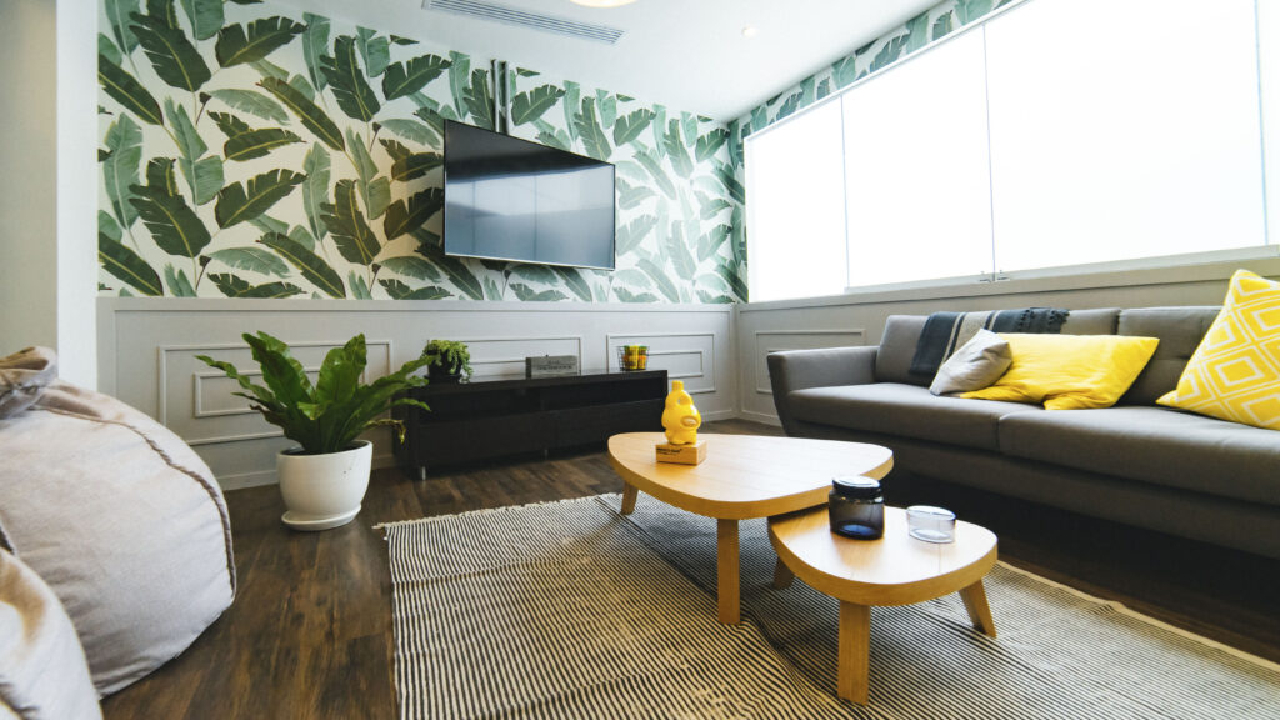I continue with the series focused on “Principles and Elements of Designing“
After Balance and Rhythm, the next design principle is Harmony.
When all the elements of design fit together, harmony is created. They may have same theme, mood or style. In short there should be something in common.
With rhythm, harmony can be created. It is also true that by arranging harmonious elements, rhythm is created. But it is not compulsory. Both go hand in hand. They compliment each other.
Harmony can be created by two ways,
1. Harmony in unity
Here, the arrangement is seen as a whole & not as a part.
Unity is created by harmonious elements with similarities and repetition. Let me explain with an example,

In this bedroom, different objects are placed, serving different purposes. Though objects are different they look part of each other. Why? Neutral color ( to know more about neutral color follow the link) scheme is used in the room & thus harmony is achieved. Because of repetitive curves & lines unity is maintained. Thus eyes flow smoothly in the room.
2. Harmony in variety
Harmony in variety can break the monotony and add more interest to the designing.
Variety in shape, texture, color can help in creating harmony.
It is fun to be varied but still require some order, otherwise it can create confusion and clutter.
For more clarity, look at the example below,
.jpg)
In this picture, the wall texture is different from that of sofa or cushion. Further, both wall & sofa color are different from that of table or bean bag (on the left side).
If each object is independent of each other, then what keeps them together? Can you guess?
It is the cool color theme. Yellow & green both are cool colors, which has spread across the room.
Thus, though objects are varied, they look harmonious with each other.
Now coming to the most awaited & requested part of the blog – Application
Can you tell which type of harmony is applicable in the above picture? Write your answer in the comment box below. Feel free to write suggestions or recommendations, if any.
I am glad to know that many of you are benefiting from these blogs.
See you in the next blog with one more interesting topic called Emphasis.

